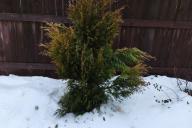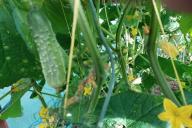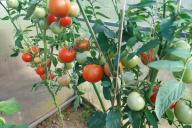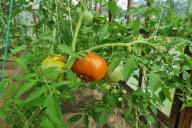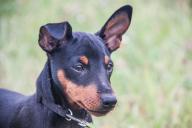The composition of cat and dog food is very different.
Cat food works magically on many dogs because of its ingredients.
And some cats also like to eat dog food.
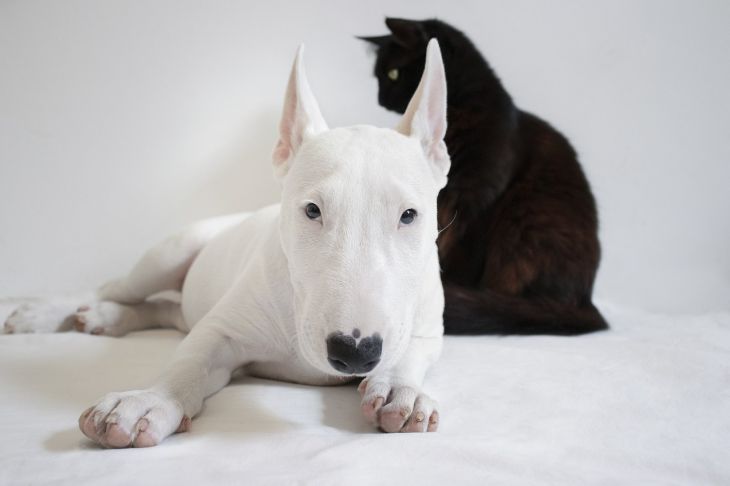
There is nothing wrong with a small amount of food per se. However, there are good reasons why you should not overdo it.
The composition of cat and dog food varies greatly, so it is best for each animal to stick to its own type of food.
Dogs are omnivores
Since dogs are omnivores, their diet should consist of a variety of components containing carbohydrates, fats, proteins and fiber.
Carbohydrates from grains, potatoes and vegetables can make up a good half (up to 55%) and should have as complex a composition as possible so that they are digested over a long period of time.
In addition, dogs need about 30% high-quality fats (preferably unsaturated and with adequate omega-3 and omega-6 fatty acids) and about 15% protein.
The great thing about meats and organ meats like liver, kidney, lung, spleen, brain, or pancreas is that they contain essential amino acids that dogs cannot make on their own.
By the way, taurine is not one of them!
Dogs should also consume about 3% fiber, such as from fruits and vegetables.
The vitamins, antioxidants and fibre contained in these foods have a positive effect on cell regeneration, the immune system and digestion.
However, it is imperative that you feed only compatible varieties and serve them in puree form. Dogs cannot digest cell walls on their own.
Cats are carnivores
And as trite as it may sound, mouse is an ideal food because it is very balanced! It contains a lot of water, meat and offal, which provide the cat with the necessary energy in the form of protein (at least 70%) and fat (from 10 to 20%).
Unlike dogs, cats cannot process pre-digested grain on their own. This is due to the lack of necessary enzymes in both their saliva and their relatively short carnivorous intestines.
The result? In the worst case, grain fermentation in the gastrointestinal tract and serious digestive problems. Therefore, cat food should contain no more than 5% carbohydrates, which, in turn, should come from fruits and vegetables, not grains.
The ratio of fiber (5 to 10%) should also be correct. In nature, this pre-digested plant food is absorbed through the stomach contents of the hunted animal and serves to regulate intestinal activity.
Too little fiber leads to problems with stool, too much leads to flatulence.
However, it is better to have too much taurine in the food than too little. This is an essential amino acid that cats cannot produce on their own in sufficient quantities (400 to 2500 mg of taurine per kilogram of cat weight per day is required). Taurine is important for immune protection, efficient metabolism, and eye health.
The same goes for sufficient moisture in the food. Cats often drink very little due to their genetics, and the water they consume with food is necessary for kidney function. For this reason, cats should never be fed only dry food.
So what happens if my dog eats too much cat food? And vice versa?
In dogs, this can lead to gastrointestinal problems such as diarrhea and vomiting. It also increases the risk of excess weight and lethargy. Combined with insufficient fiber and plant ingredients, excess protein can put stress on internal organs.
However, cats also suffer from digestive problems due to excess carbohydrates and fiber if they eat too much grain-containing food. In addition, low fat and protein content means that cats do not get enough energy from their food.
A deficiency of taurine, which, unlike dogs, they cannot produce on their own, is also dangerous. This can lead to dull fur, eye problems or even blindness, and decreased cardiac and metabolic function.
What to do to stop animals from eating each other's food
Feeding in separate rooms ensures that this issue is resolved quickly. However, it is likely that under certain circumstances (as soon as the other food becomes available again) they will still reach for it. To prevent this, it may be worthwhile to provide both animals with their food under strict supervision.
Alternatively, you can set up an automatic feeder so that food for one type of animal is only dispensed when the other is not around. In other words, cat food when the dog is out for a walk, and dog food when the cat is playing in another room.
In any case, you should try to choose food for cats and dogs that is both high quality and that they definitely like.
Previously, we wrote about what bones should never be given to a dog.

